Air purifiers come in all shapes and sizes and with a multitude of different specs for general and specialized cleaning. One thing that may confuse many people is UV-C lights on an air purifier. What are they, and how does it work on an air purifier?

What is UV-C Light?
You may have probably heard of UV-C before, but we’d like to refresh your memories. UV-C is one of three classes of ultraviolet radiation, including UV-A and -B. UV radiation is classified by their wavelengths, with UV-C having the shortest (between 200 and 280 nanometers) of the three.
What makes UV-C so special is its germicidal properties. UV-C disrupts DNA, RNA, and proteins in organisms exposed to the radiation in a relatively short period of time. What ends up happening to single-cell organisms like certain bacteria and viruses is they either lose their ability to replicate or they are wiped off the face of the Earth. Either way, it’s a win for everybody (except for the pathogen, of course).
UV-C radiation is used in both commercial and home settings as a disinfectant. Shining these lights on the surface of an object for lengthy periods of time will eradicate more than 99% of pathogens. These lights are also commonly found in some of the best air purifiers you’ll find on the market.
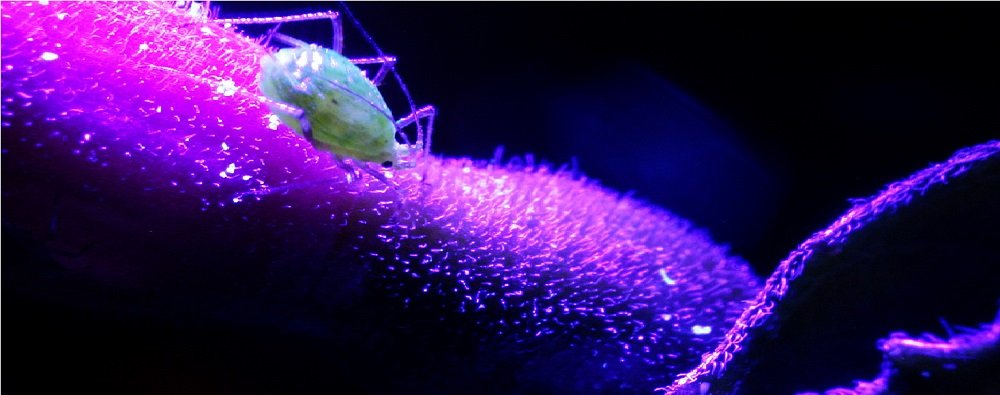
UV-C Light on Air Purifiers
Air purifiers can come with built-in UV-C irradiating lights to enhance their air-cleansing performance. In many cases, air purifiers have a separate compartment surrounded in UV-Cs inside of the unit (often referred to as the Kill Chamber). As the air purifier suctions in air, all of the contaminants passing through the machine will eventually make their way to the Kill Chamber where UV-C LEDs handle the rest.
Air that makes it past the Kill Chamber and multiple filtration layers are as free of harmful microbes as possible. The more air that passes through the Kill Chamber, the more pathogens are killed, making the expelled air safer to inhale.
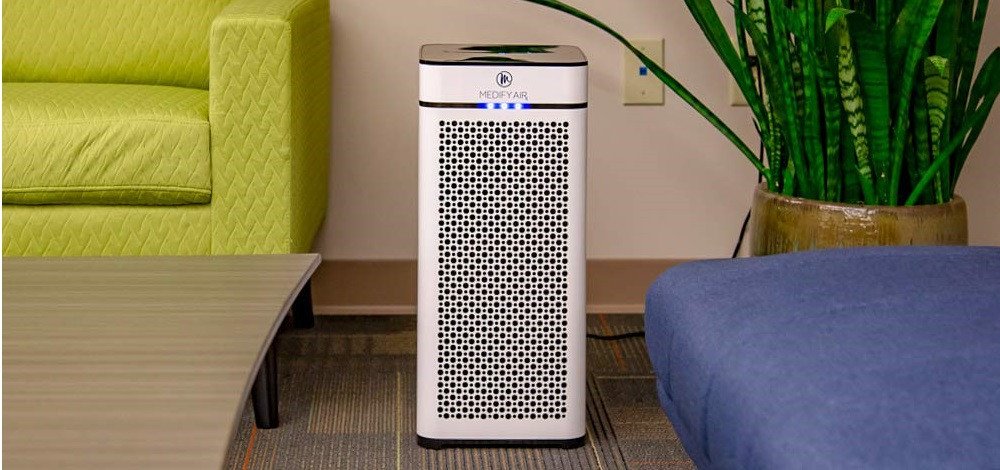
Is UV-C Safe?
Not for single-cell microbes. As for humans, there’s very little to worry about.
Despite their DNA, RNA, and protein-destroying properties, the short wavelengths of UV-C radiation prevent them from penetrating the outer layer of dead skin cells on our bodies. It’s generally considered safe to humans, though if you have any open wounds, you should avoid UV-C lights at all costs. Thankfully, inside of air purifiers, their lights shine only in the Kill Chamber so there’s very little risk of it making contact with your skin.
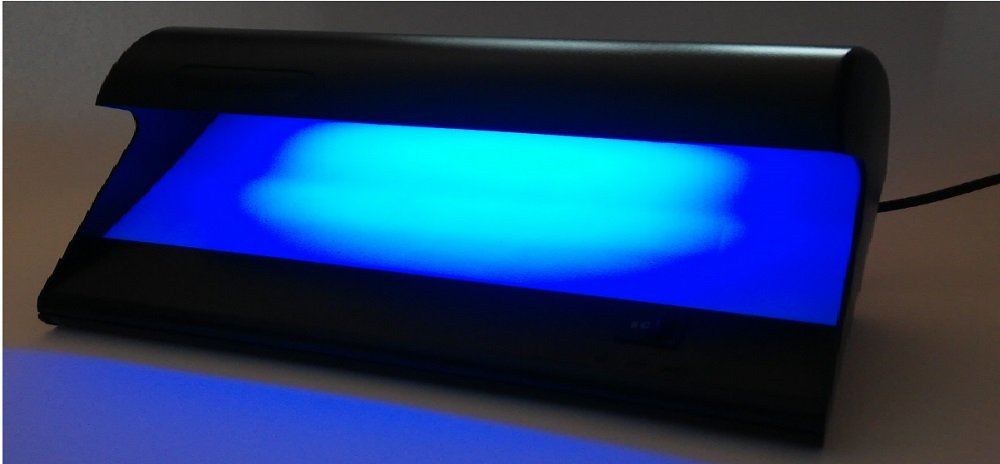
However, one thing that’s worth noting is that UV-C bulbs can produce ozone, a lung irritant and potential carcinogen when exposed to large quantities in a short amount of time. When using an air purifier with a UV-C light, make sure to turn the timer function on so it doesn’t run indefinitely. Also, give the room about 30 to 60 minutes to vent afterward. It’s better to be safe than sorry.
Other Filter Types
UV-C lights are only one of several types of filters found in air purifiers. If you’re interested in learning about the other types, take a look at the list below.
• True HEPA Filter
• Pre-filter
• Activated Carbon Filter
• Ionizer
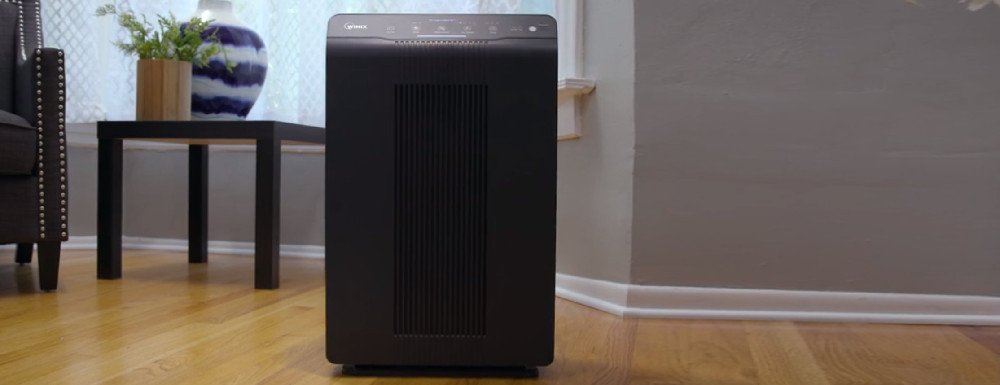
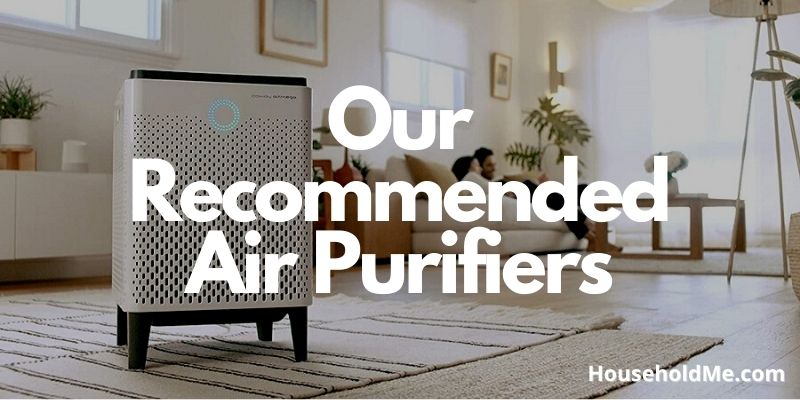
If you have any questions or comments, please add them below in the comment section. Similarly, please let us know if you spot any mistakes or omissions. Thanks!
